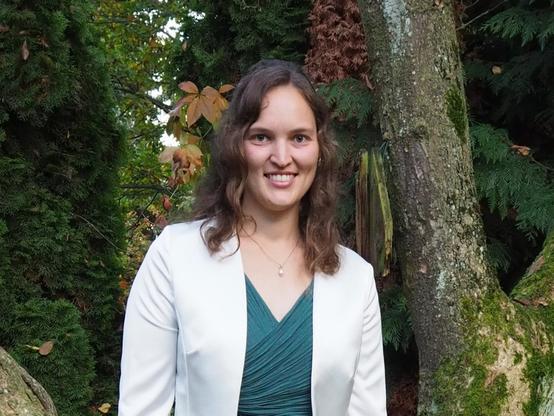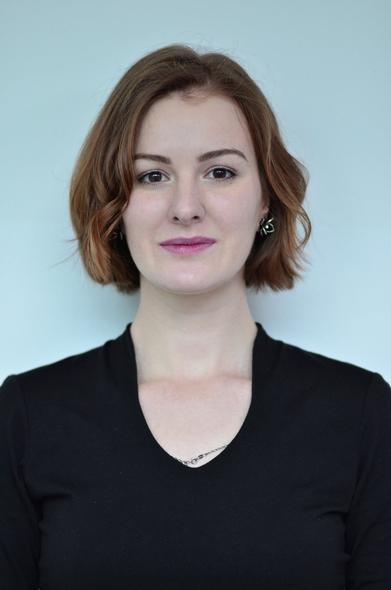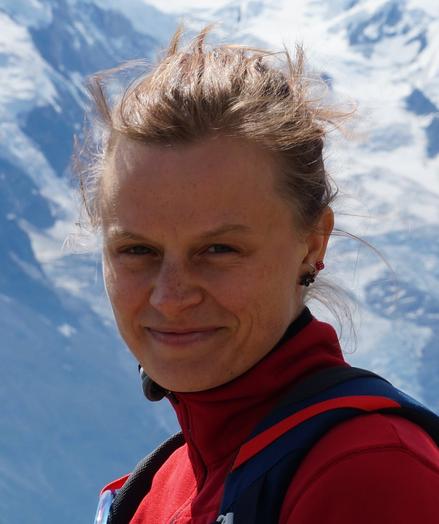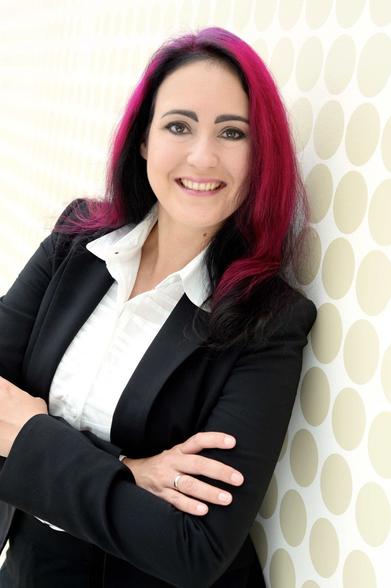Spin liquids in Rydberg atom arrays in cavities
What is our proposal for the realization of spin liquid?
We consider an atom array held by optical tweezers and placed in an optical cavity. The cavity consists of two mirrors placed on the opposite sides of the system. The photons which normally would escape the system (at least some of them) will bounce back and forth between the mirrors. In such a configuration, the distance between atoms becomes irrelevant and the probability of an excitation hopping between any two atoms becomes the same.
The second ingredient is that the excited state of the atoms would be a Rydberg state – a very high-energy state where the electron is far away from the nucleus. The atoms in Rydberg states interact strongly by van der Waals forces. In our case it would mean that two excitations will have much higher energy when they are at nearest-neighboring atoms than if they are far away.
This setting seems much different from usual crystals. In the typical material, the electrons are much more likely to hop between nearest-neighboring atoms than far-away ones, while in our case they would be able hop arbitrarily far with the same probability. But it turns out that there is in equivalence between such “infinite-range hopping + Rydberg” model and the Heisenberg model, commonly used to describe magnets, including the frustrated ones.
[1/2]
#Physics #Quantum #TopologicalOrder #CondMat #CondensedMatter #QuantumOptics #Science







